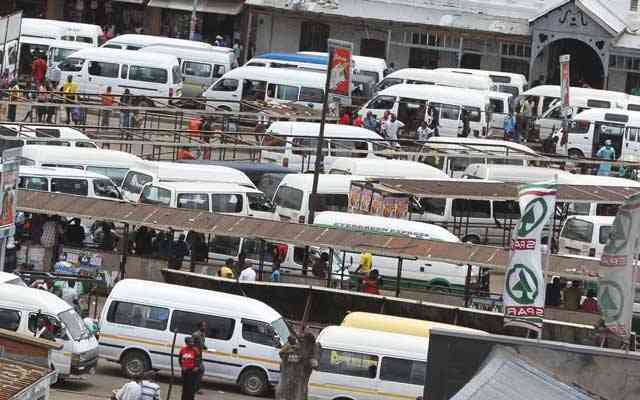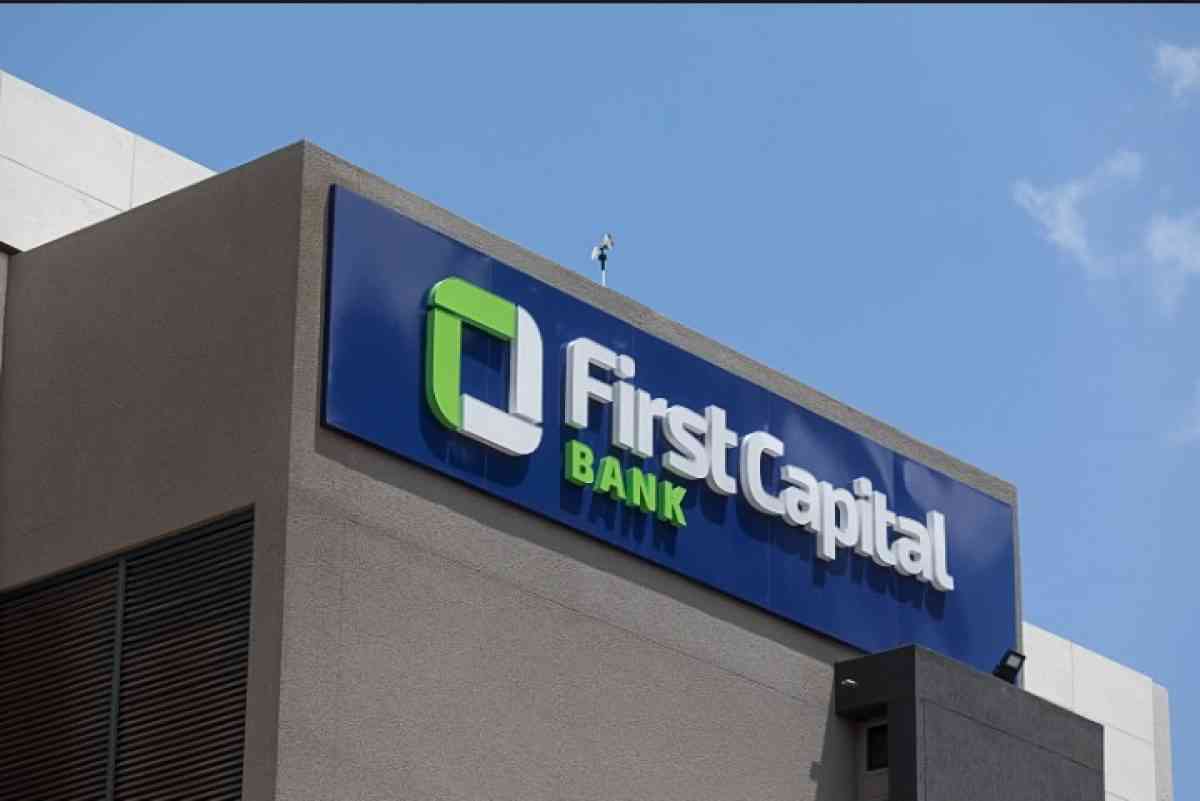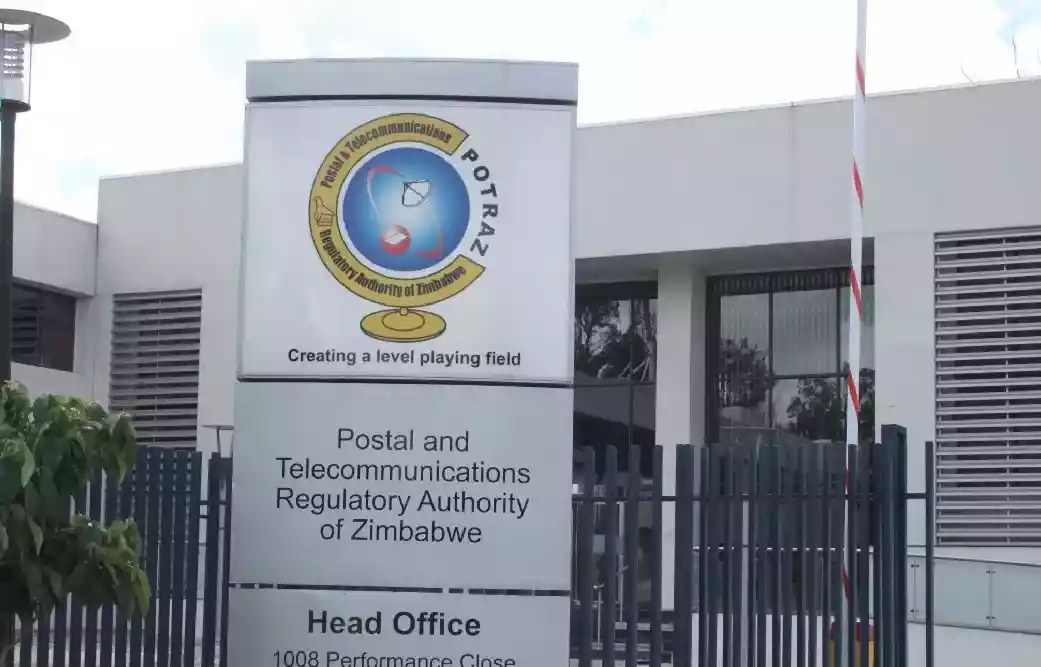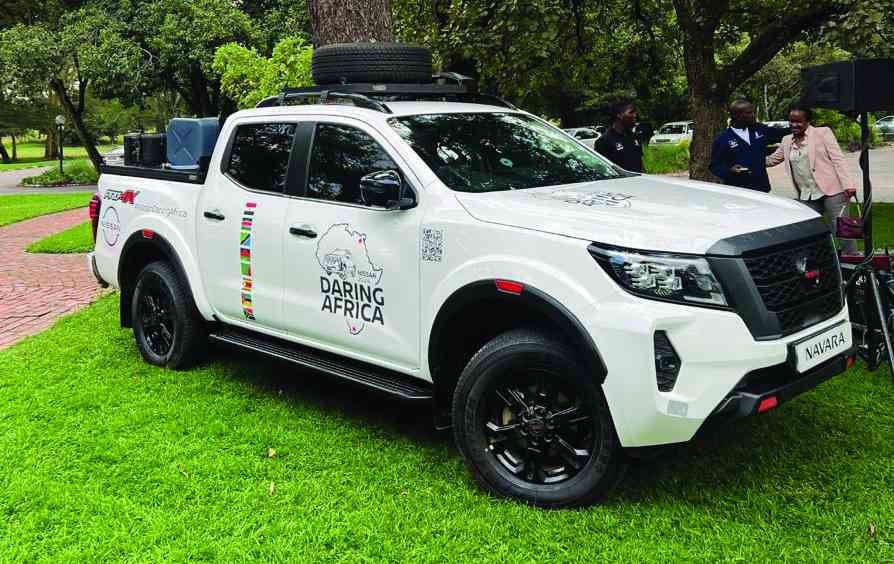
Zimbabwe's urban population has increased from 33% of the national total, in 2012 to 38.6%, in April 2022.
The country's urban population is now 5.86 million, out of the 15.9 million total. Amidst the growing urbanization, Harare's roads and its waste management systems were declared a state of disaster, in 2017 and July 2023, respectively.
This year alone, there have been two outbreaks of cholera in the country, which have claimed more victims and fatalities in urban areas. Several of the country's cities and towns are struggling to keep up with the provision of public services (road maintenance, transportation efficiency, waste management, provision of clean water, reliable electricity, maintenance of civility, etc). Since the number of urban residents is continually increasing, it is reasonable to expect the current challenges to get worse, if sufficient responses to them are not crafted.
At some point, it will only be possible to maintain sanity in the country's rapidly-growing Central Business Districts (CBDs) and urban communities, using smart-city technology. Without that evolution, our cities will likely be characterized by chaos, disaster, diseases and economic regression. If the CBDs are transformed and the smart-city models are seen to be viable, they can eventually be implemented in the surrounding communities (residential areas).
Currently, there are reports of smart city developments which are earmarked for Mt. Hampden (at the site of the new parliament building), Pomona (WestProp Pomona City) and Melfort (along Harare-Mutare highway).
By definition, a smart city is a CBD or community which deploys and uses computer-based technologies, in order to capture accurate information about residents' behaviour. The same technologies will also be applied in order to establish the best ways to provide services to the residents, in an efficient manner. The technology may include surveillance cameras, vehicle tracking systems, household energy and water consumption monitors, localised GPS capabilities, motion sensors, fire detectors, etc.
In a smart city, the different technologies are also interconnected, whilst they can coordinate with each other.
Below, examples are provided of how smart cities can transform the way that urban dwellers reside, interact and transact within their communities.
- Mavhunga puts DeMbare into Chibuku quarterfinals
- Bulls to charge into Zimbabwe gold stocks
- Ndiraya concerned as goals dry up
- Letters: How solar power is transforming African farms
Keep Reading
Road-safety and transport
Surveillance cameras and software solutions can be used to improve traffic flow, compliance with city bylaws, efficiency, etc. The technology will be able to detect when an accident or incident occurs. In such a case, emergency personnel (fire fighters, medical emergency staff, police, etc) can be automatically dispatched by sending an alert (alarm) to the respective emergency responders.
When there is a traffic violation, the system immediately identifies the owner of the vehicle through confirming the vehicle's registration details. A violation ticket may be automatically issued and posted to the address of the offender, or traffic police dispatched to apprehend him/ her, if the offence is grave. Some traffic lights in Zimbabwe's CBD have this technology installed, although expanding the reach will go a long way to bring widespread compliance with traffic laws.
This is likely to reduce accidents and incidences in the city centre and wherever-else the gadgets are deployed. Additionally, data on accident analytics will be available, making it easier to identify the major causes of accidents in the roads.
With regards public transport, buses can be automatically dispatched when there are enough travellers on the route. Map-based visualization and real time tracking, using passenger tap cards (for payment once in the bus) can be used to determine the number of residents at the bus stops.
Traveller's can also use a phone application to confirm the exact arrival time of their bus. If it will take longer than expected, ride sharing options are made available to them, through private vehicle drivers who would have registered on the city's transport system platform. When on board, commuters can simply tap with their payment card and a ticket is automatically issued.
This saves time and reduces revenue leakage through theft or other forms of error. If the driver is not available or has a personal emergency, the bus can also be driverless and use self-driving technology.
Public passenger taxis (minivans, combis) will be required to have a tracking system connected to the city's transport surveillance system. The real-time monitoring will automatically improve compliance with the city's traffic regulations. Expectedly, the "mshika shika"menace in Zimbabwe's city centres, will find its demise, under such conditions. Touts will also desist from shouting in search of passengers as they can be easily identified through the various technologies, whilst standby traffic police can be automatically dispatched. The result will be a more peaceful and civil CBD.
In a smart city, traffic lights (robots) are not homogeneous. Some will allow more traffic than others during certain hours, in order to match the different traffic flows and reduce congestion.
Technology would have worked out beforehand, the traffic movements of the area at different times and each robot may be adjusted to enable the best flow of traffic for the overall city's movements.
Communication and interaction
An integrated (mixed) system is used to send and receive information from the city authorities.
Council bills can be sent via email, text and also in the postal service. When payments are overdue or a deadline is nearing, the city's system can alert the resident automatically. This will assist in reducing the propensity of some residents to neglect bill payments.
At the moment, the city of Harare is owed a massive ZW$589 billion (US$102 million, at the official exchange rate), whilst Bulawayo City Council is owed $217 billion by businesses, residents and government. If the mentioned smart methods were used for bill payment technologies, a considerable number of residents would be up to date with their payments.
When citizens have feedback on a particular incident, they can also access the authorities via call, text, website, social media or the city council's online application.
A reference number is automatically issued and the progression of their case is updated and can be confirmed by simple way of an online search or basic cell phone prompts. This ensures that the residents' queries are appropriately and efficiently addressed and reduces the need for waiting in queues, at city council offices.
When there are pending emergencies such as floods, heat waves or infectious disease scares, the city can also directly communicate with residents, thereby avoiding expensive advertising in various mainstream media. As Zimbabwe is currently in the midst of a cholera outbreak, this would reduce more infections through timely and targeted (focusing on hot spots) awareness campaigns, etc.
Additionally, the actual development needs of an area will be easier to determine when there is ongoing interaction between the authorities and residents. Moreover, public sentiment will be easier to understand, which means that protests and civil disobedience will be unlikely, in such an environment.
Managing utilities
Interactive electricity and water meters are installed in every home within the city. If there is no capacity for that on a wider scale, then the metres are installed in every office and residential building in the CBD. This means that consumers will have up-to-date information on their energy and water use. If there is wastage happening because of a fault in their home or on the service provider's side, they can quickly detect it and have it regularised.
Resultantly, grievances over utility bills will diminish. Electricity and water charges will also vary throughout the day or between days, indicating changes in demand and supply. Moreover, clients who have additional, off-grid energy or water generation capacity, may also be connected to the city's distribution infrastructure, so that they can sell their excess resources.
Further, the whole CBD or smart-community may develop off-grid energy (and water), which seamlessly functions to cover a disconnection of supplies from the national grid. If there is an electricity fault on the national grid, it can be attended to whilst residents and businesses are not affected.
Funding
The aforementioned is a true array of modern IT adornments, which characterize a modern smart city. Clearly, such features will come at a cost. In order to fund the developments, the Ministry of Finance, city councils and independent developers, can incrementally build the required technologies, slowly, over time. The virtue in this is that, there are profits to be made from the use of the technologies.
Thus, the invested funds can be recovered. Traffic violation tickets, a temporary fuel levy, vehicle registration and license fees, can recover the cost incurred in setting up the vehicle monitoring systems, for example.
There is also room for public-private partnerships, especially those which promote technologies developed by the locals. Local technology entrepreneurs may be encouraged to develop some of the requisite tools. If the innovations are made by startup companies or budding entrepreneurs, the authorities may not even pay for the intellectual property, upfront. Rather, they may establish a collaboration with the founders, which will be for mutual benefit. Ultimately, as smart cities are introduced, the economy will benefit through new value chains and higher employment numbers.
Trade and hygiene
All formal businesses will be on the city's database. A simple tap using a registration card, can be used to confirm their registration status and outstanding taxes or other liabilities. Setting up informal stalls (hawking) would be done in line with some formal protocol (instructions).
Hawkers would be provided with aesthetically pleasing platforms or stalls. Smart-trash containers may be installed and whenever they reach 70% capacity, they can send an automatic message to responsible authorities, informing that garbage collection is due. Surveillance cameras can also be used to apprehend and prosecute those who throw litter on the streets and violate other regulations.
In conclusion, as stated earlier, cities are growing rapidly around the world and Zimbabwe is not an exception. If the country is going to improve its management of urban populations, there is an urgent need to start deploying computer-based technologies to streamline the collection of information, its interpretation and decision-making. Without the transition towards these technologies, it will become much harder to maintain civility and continuity of the urban areas.
Therefore, the relevant local government departments should progressively implement smart city technology, in line with their respective capabilities.
- Tutani is a political economy analyst. — [email protected].











